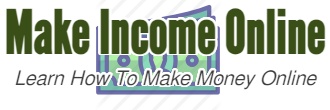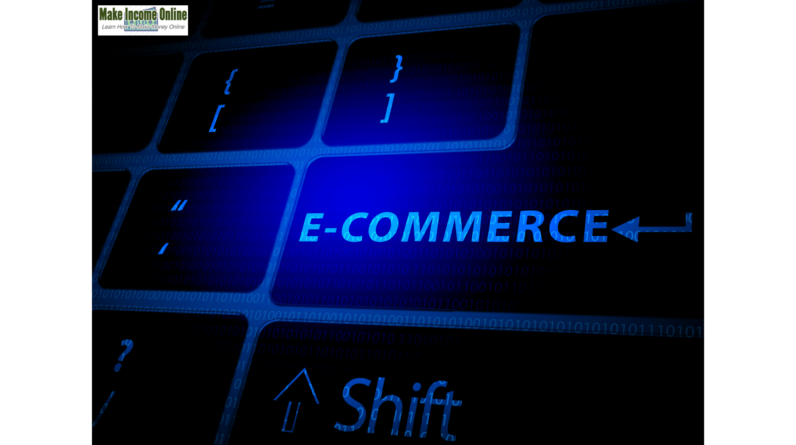
Introduction
As remote work continues to grow in popularity, understanding remote work best practices is essential for maintaining productivity and balance. Working from home offers flexibility and convenience, but it also comes with challenges that can impact your efficiency and well-being. This guide will provide you with proven strategies and tips to help you navigate the remote work landscape successfully. Whether you’re new to working from home or looking to refine your approach, these remote work best practices will empower you to thrive in a virtual environment.
Table of Contents:
- The Advantages of Remote Work
- Setting Up an Effective Home Office
- Remote Work Best Practices for Staying Productive
- Establishing a Routine
- Managing Your Time Effectively
- Using the Right Tools
- Overcoming Common Remote Work Challenges
- Minimizing Distractions
- Maintaining Work-Life Balance
- Effective Communication and Collaboration in Remote Work
- Best Practices for Virtual Meetings
- Staying Motivated and Avoiding Burnout
- Enhancing Focus and Accountability
- Conclusion: WORK FROM HOME OFFER
1. The Advantages of Remote Work
The shift to remote work has brought numerous benefits for both employees and employers. Here are some key advantages of following remote work best practices:
- Increased Flexibility: Remote work allows you to create a schedule that suits your personal and professional life, leading to a better work-life balance.
- Cost Savings: Without the need for a daily commute, you save money on transportation, meals, and work attire.
- Higher Productivity: Many people find they are more productive when working from home, free from the distractions of a traditional office environment.
- Enhanced Well-Being: The flexibility to work in a comfortable environment and the ability to integrate personal activities into your day can lead to improved mental and physical health.
2. Setting Up an Effective Home Office
A well-designed home office is crucial for maintaining productivity and ensuring that you can follow remote work best practices effectively. Consider the following tips for creating an efficient workspace:
- Designate a Dedicated Work Area: Choose a specific area in your home to serve as your office. This helps you mentally separate work from personal life, which is vital for maintaining focus.
- Ergonomic Furniture: Invest in a quality chair and desk setup that promotes good posture and reduces the risk of strain, especially during long work hours.
- Proper Lighting: Ensure your workspace is well-lit with natural light if possible, or use a combination of task and ambient lighting to reduce eye strain.
- Organize Your Workspace: Keep your desk clutter-free and organized. An orderly environment can enhance focus and efficiency.
- Technology Setup: Ensure you have reliable internet, a good computer, and necessary peripherals like a keyboard, mouse, and monitor to support your work.
3. Remote Work Best Practices for Staying Productive
Staying productive while working remotely requires discipline and the right strategies. Here are some remote work best practices to help you stay on track:
Establishing a Routine
Creating and sticking to a routine is one of the most important remote work best practices. Start your day at the same time each morning, dress as if you’re going to the office, and have a set start time. This structure helps you transition into work mode and maintain consistency throughout the day.
Managing Your Time Effectively
Effective time management is key to maintaining productivity. Here are a few techniques:
- Time Blocking: Schedule specific time blocks for different tasks throughout your day. This helps you focus on one task at a time and prevents multitasking.
- Prioritization: Identify your most critical tasks at the beginning of the day and tackle them first. This ensures that important work is completed before less critical tasks.
- Breaks: Incorporate regular breaks into your schedule using methods like the Pomodoro Technique (25 minutes of work followed by a 5-minute break). This helps prevent burnout and keeps you refreshed.
Using the Right Tools
Leveraging the right tools can significantly enhance your productivity. Here are some essential tools to consider:
- Project Management Software: Tools like Asana, Trello, or Monday.com help you organize tasks, set deadlines, and collaborate with team members.
- Communication Platforms: Use tools like Slack or Microsoft Teams to stay connected with colleagues, share updates, and collaborate on projects.
- Productivity Apps: Tools like Todoist, Focus@Will, or RescueTime can help you manage tasks, track time, and maintain focus.









2 Comments